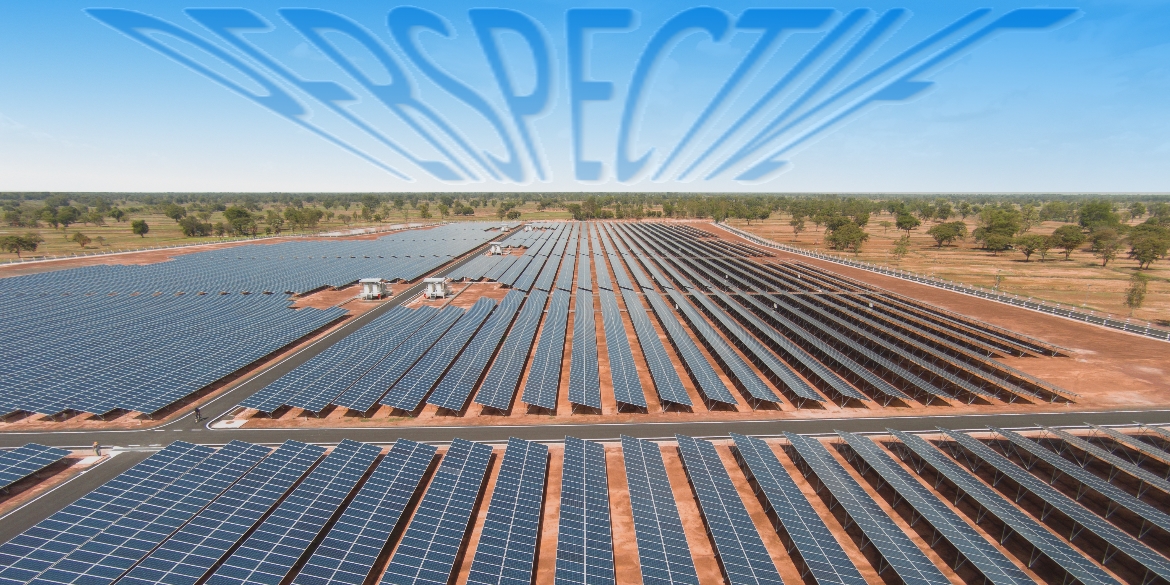2012 has seen a backlash against distributed generation net metering, particularly solar distributed generation. Most utilities in most states currently have some form of net metering, which is a simple mechanism for assigning a value to distributed generation that is physically connected to a load center like a home or commercial building. With net metering, typically a bi-directional meter is installed that spins backward when excess electricity is generated, and forward when drawing energy from the grid.
Utilities with a high penetration of distributed generation, such as Pacific Gas and Electric (PG&E), have begun to push-back, claiming that net metering is unfair to utilities and rate payers. In some cases, the utilities believe they are paying too much for the electricity; in others, they believe they are unfairly penalized by the compensation mechanisms of utility regulation. David Rubin from PG&E recently made the utility case against net metering eloquently in a guest post for Greentech Media, “PG&E Sees a Bright Future for Rooftop Solar.”
Clean Power Research has been an early leader in bringing objective analysis to the debate. In 2006, we conducted one of the first studies on the Value of Solar™ for the City of Austin and Austin Energy. In 2011 we extended this study, and that work led to the development of a dedicated tariff for distributed solar electricity in Austin, one of the first such tariffs of its kind in the United States.
As a result, in Austin, meters no longer spin backwards on homes with newly installed PV systems. Instead, there are two meters:
- The home meter, which generates a bill
- The PV meter, which produces a credit from the utility
In Austin, the solar system is credited for the electricity at more than 12 cents per kWh, higher than the average cost to the utility because solar produces power at the times of highest value.
Now for the perspective part. For those who have been following the value of solar discussion, you may have seen a recent report prepared by Clean Power Research for the Mid-Atlantic Solar Energy Industries Association (MSEIA) and the Pennsylvania Solar Energy Industries Association (PASEIA). In this report, we calculated the value of solar electricity to the grid at seven locations across New Jersey and Pennsylvania.
The result was a calculated value of solar that was significantly higher than the Austin Energy study, ranging from 25 to 32 cents per kWh. One might ask if the disparity is due to electricity rates that are much more expensive on the east coast. While the answer to that question is yes – there is a difference in electric rates – that is only part of the story.
In the MSEIA and PASEIA study, we were asked to take a ‘societal perspective’ in valuing solar, while in the Austin Energy work, we took a ‘utility’ or ‘ratepayer perspective.’ The societal perspective takes into account all of the value of the utility perspective, plus a number of values that may accrue to society in general, but not specifically to the utility or other ratepayers.
Most of the difference in the value of electricity in the two studies is represented by three factors that were included in the MSEIA/PASEIA study:
- Economic development value – the value of local jobs (primarily installation) created by solar.
- Environmental value – the value to the environment of replacing dirty generation (such as coal or gas) with cleaner generation.
- Market price reduction – the value to all consumers of lower electricity demand which leads to a lower market clearing price for all consumers.
For a full breakdown of the differences between the two studies, see the chart below.

So which one is right? Well, they’re both right when viewed from their unique perspectives. In the end, the concept of value is meaningless unless you specify value to whom. In this case, society might value solar electricity significantly more than an individual utility or ratepayer. The choice is left to the policy makers, particularly the public utilities commissions, to decide what perspective they want to take in their rate-making proceedings. Clean Power Research is founded on the principle of delivering objective research that is based on the best data and analytical tools available, and we’ll continue in that tradition.
